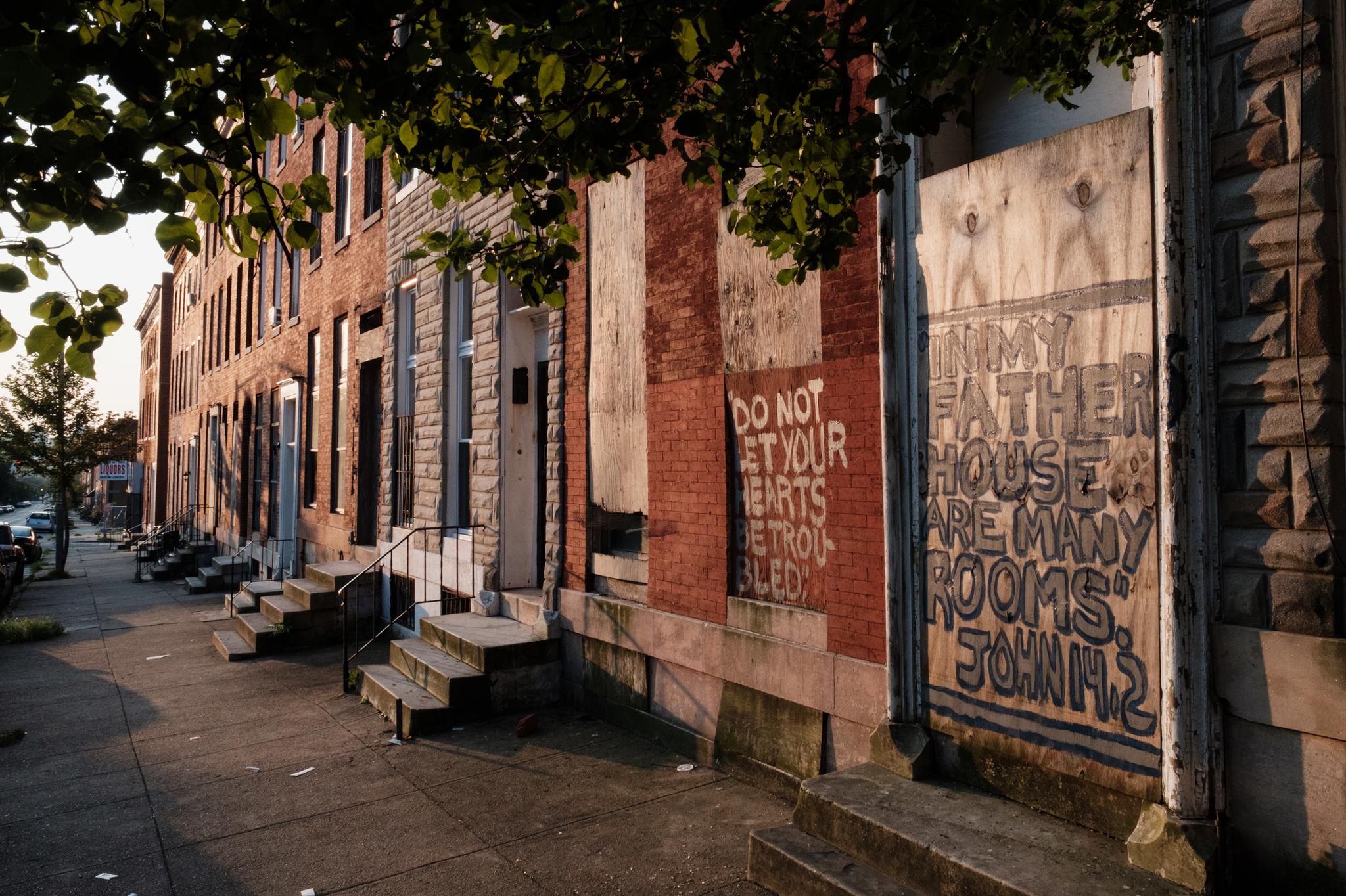Racist Housing Practices From The 1930s Linked To Hotter Neighborhoods Today

In cities around the country, if you want to understand the history of a neighborhood, you might want to do the same thing you'd do to measure human health: Check its temperature.
That's what a group of researchers did, and they found that neighborhoods with higher temperatures were often the same ones subjected to discriminatory, race-based housing practices nearly a century ago.
In a study of 108 urban areas nationwide, the formerly redlined neighborhoods of nearly every city studied were hotter than the non-redlined neighborhoods, some by nearly 13 degrees.
Redlining refers to the federal government's practice in the 1930s of rating neighborhoods to help mortgage lenders determine which areas of to .
You’re reading a preview, subscribe to read more.
Start your free 30 days



